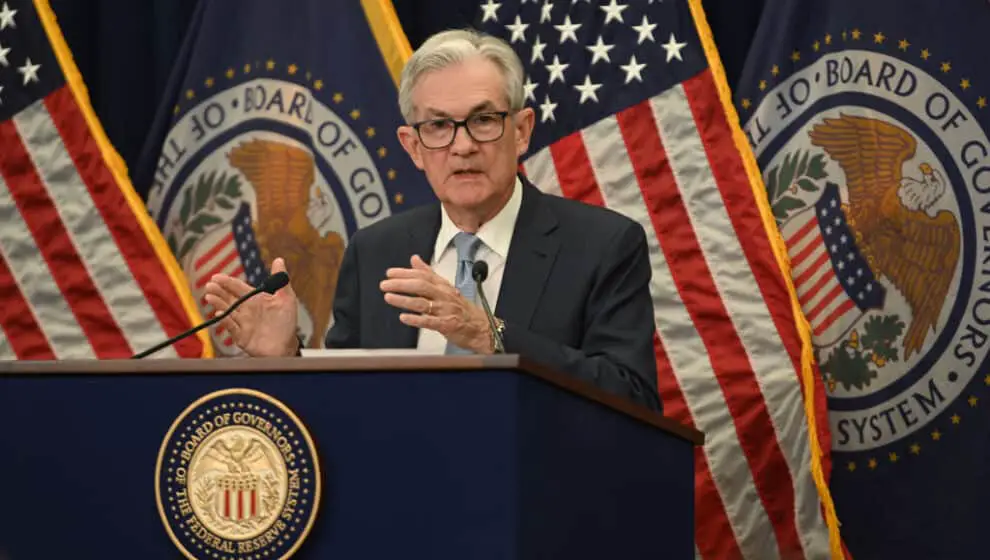After signs of slowing but steady inflation, the Federal Reserve raised interest rates by the expected half a percentage point—here’s how the increase will affect everyday Americans.
Key Details
- Consumers with car loans or credit card debt can expect the interest rates to affect their payments. Depending on the loan, student-loan debt may also be affected.
- Adjustable-rate mortgages are likely to rise. Fixed 30-year mortgages, however, are not directly tied to the Fed’s rates.
- Though yields on savings accounts are still relatively low, they are on the rise and will likely continue to increase in response to the Fed’s rate hikes.
- The stock market reacted positively at first, but since the Fed hinted at a continued rise in rates, it dampened market bullishness and the S&P 500 Index fell 2.5% on Thursday.
Why it’s news
The Federal Reserve has been aggressively increasing interest rates in an attempt to curb soaring inflation, but until inflation drops, Americans are looking at greater expenses. Yesterday’s rate hike brought the target rate from 4.25% to 4.5%—a dramatic increase from close to 0% less than a year ago.
High inflation-driven prices are still cutting into consumers’ spending. With the new rate hikes, consumers will have to watch these key areas.
Consumers with credit-card debt can expect interest rates on those debts to rise in the next one to two billing cycles. Credit-card rates are up nearly 16% from March when the Fed began increasing rates, The New York Times reports.
As rates have increased repeatedly this year, credit-card holders can expect their rates to increase every few billing cycles.
On top of high car prices, consumers can expect that the rates on car loans will continue to climb in response to rate hikes. Car loans tend to rise in tandem with the five-year Treasury note. New car loans are now averaging approximately 5.7%—an increase from 5% at the same time last year, according to auto site Edmunds.
Compared to credit cards and car loans, student loans may not see much of a change. Student loans have a government-approved fixed rate rather than a market-driven one.
However, those looking to take out new student loans may see a significant shift. Federal loan rates, priced in July, are based on the 10-year Treasury bond. Student loans that aren’t from the government will also see increases.
Though mortgage rates remain high, the change in the Fed’s rates shouldn’t have any extreme effect on the 30-year fixed mortgage rate. These mortgage rates declined in November, though they remain higher than at the same time last year.
However, adjustable-rate mortgages and home equity loans don’t have a fixed interest rate. These are expected to see high rates in the next few billing cycles.
Alternatively, interest on savings accounts will likely increase somewhat. Any change will be delayed as banks don’t tend to react immediately. The higher rates often result in banks upping interest rates on deposits.
